Wood Burning Stove Pipe Requirements: What You Need to Know
If you’re considering installing a wood-burning stove in your home, it’s important to understand the requirements for the stovepipe. The stovepipe is the pipe that connects the stove to the chimney, and it plays a crucial role in ensuring the safe and efficient operation of your wood-burning stove.
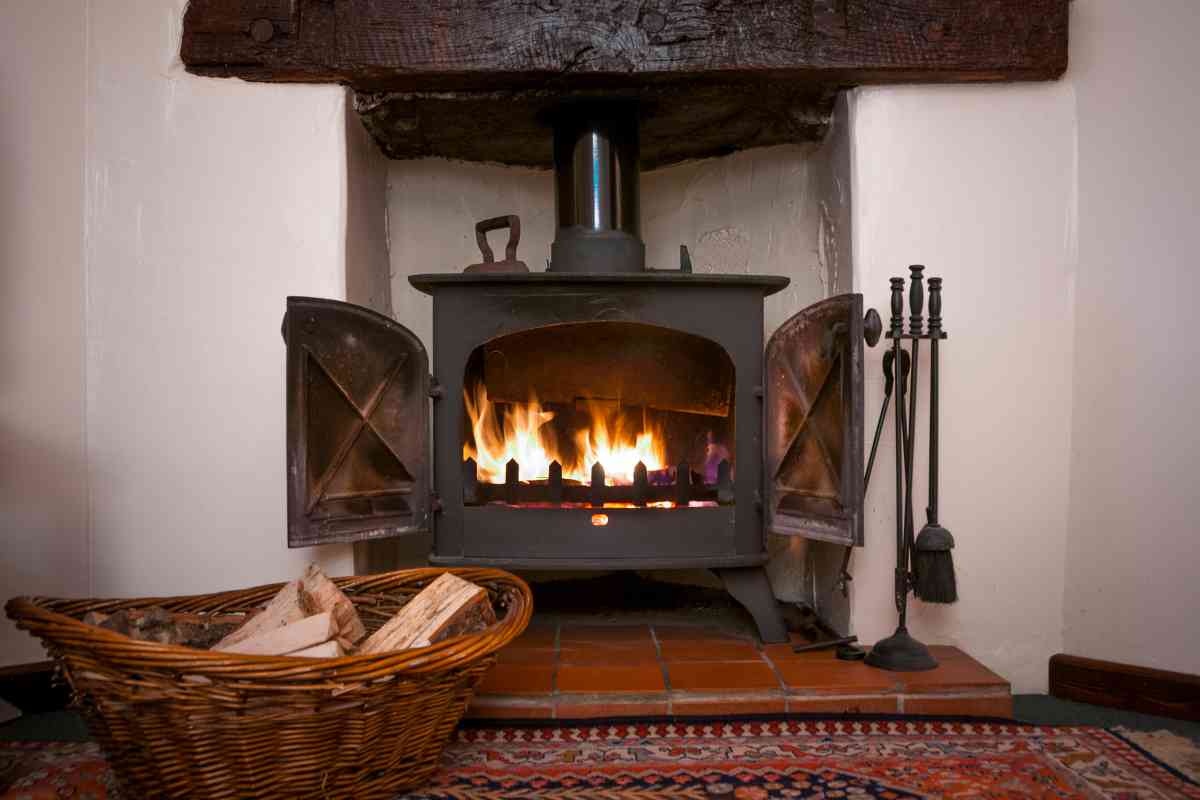
What are the requirements for wood-burning stove pipes?
There are several requirements that must be met when it comes to stovepipe installation. First and foremost, the stovepipe must be made from a durable, heat-resistant material such as stainless steel or black stovepipe. The diameter of the stovepipe should also match the size of the stove’s flue collar, and it should be installed with the proper clearances to combustible materials.
Additionally, the stovepipe must be installed with the correct slope to ensure proper draft and prevent creosote buildup. Failure to meet these requirements can lead to poor stove performance, chimney fires, and even carbon monoxide poisoning. In this article, we’ll explore the various requirements for wood-burning stovepipe installation to help you ensure a safe and efficient heating experience.
Wood Burning Stove Pipes: Unraveling Your Choices
When setting up a wood burning stove, the right stove pipe is crucial not just for efficient operation but also for safety. Here’s an in-depth guide to understanding the two main types of stove pipes and other essential considerations:
Single-Wall Stove Pipes:
- Composition: These are constructed with a single layer of metal.
- Advantages:
- Affordability: Generally, they are less expensive than their double-walled counterparts.
- Installation: They boast an easier installation process.
- Space Efficiency: Requiring less clearance, they’re suitable for compact spaces such as mobile homes or RVs.
- Drawbacks:
- Heat Retention: They don’t retain heat as efficiently, which can lead to issues like creosote buildup, a significant concern as creosote can be flammable.
- Durability: Might not last as long as double-walled variants.
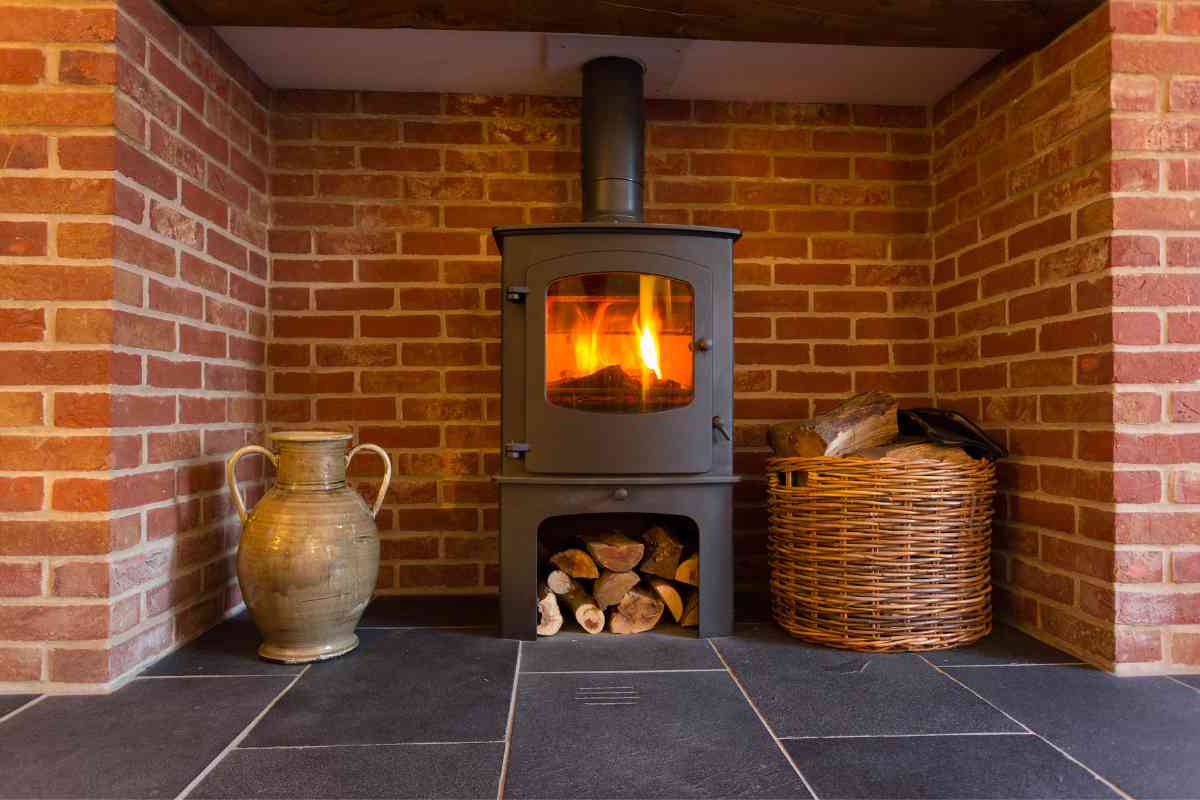
Double-Wall Stove Pipes:
- Composition: Built with two layers of metal, they possess an insulating layer between them.
- Advantages:
- Heat Efficiency: The insulation promotes better heat retention, enhancing stove efficiency.
- Safety: Reduced creosote buildup and a requirement for more clearance make them a safer option.
- Durability: Generally, they are more robust and longer-lasting.
- Drawbacks:
- Cost: They tend to be pricier.
- Space Requirement: Their design necessitates more clearance from combustible materials, so they might not be ideal for tight spaces.
Factors Beyond the Wall:
- Diameter: Ensure the diameter of the pipe aligns with your stove’s requirements. Incorrect sizing can compromise both safety and efficiency.
- Material: You’ll encounter options such as steel, stainless steel, and aluminum. Each has its merits. For instance:
- Steel: Affordable and durable but might rust over time.
- Stainless Steel: Offers better rust and corrosion resistance.
- Aluminum: Lightweight and rust-resistant, but might not handle high temperatures as steel does.
- Length: Adhere to manufacturer-recommended lengths. Excessive length can affect the draft, impacting the stove’s performance and safety.
The choice between single-wall and double-wall depends on your priorities—whether it’s budget, space, or efficiency. Regardless of your choice, ensure it’s properly installed and regularly inspected to maximize the benefits and ensure safety.
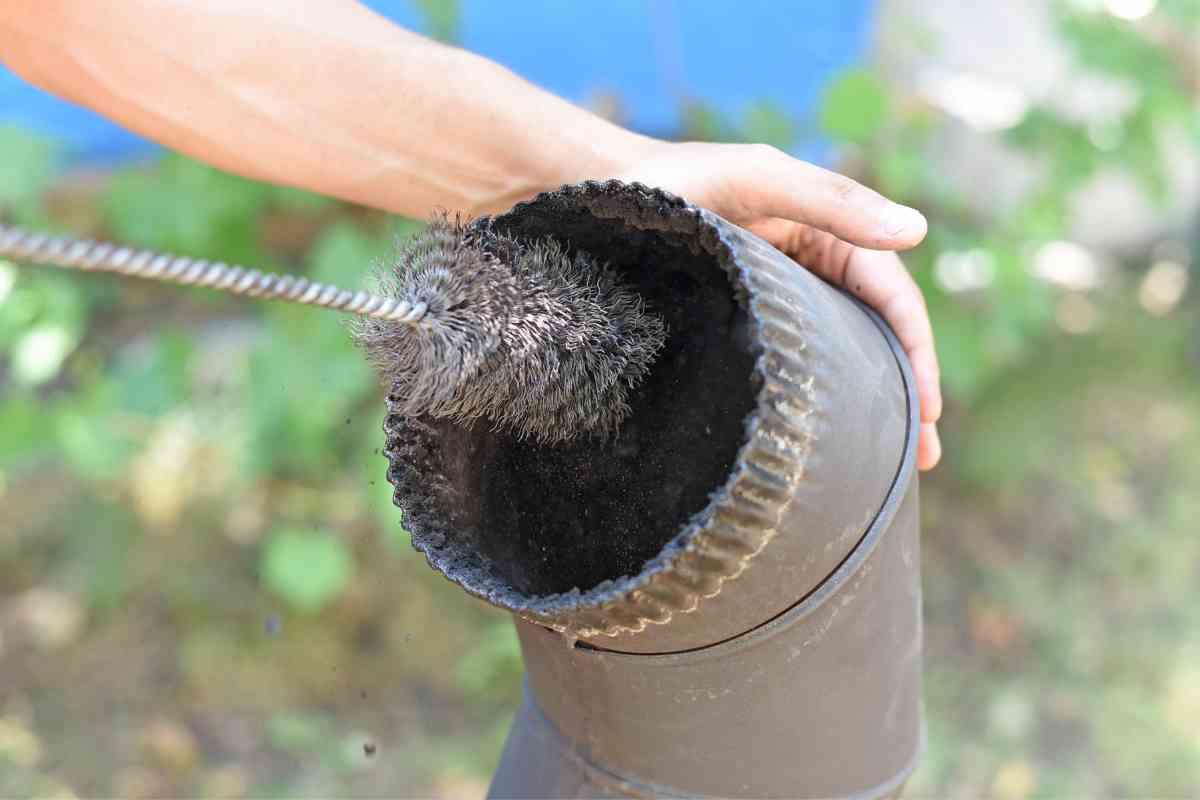
Wood Burning Stove Pipes: Navigating Sizing and Placement
Ensuring the correct size and proper placement of wood burning stove pipes is vital. Adhering to guidelines doesn’t just boost efficiency but plays a pivotal role in safety. Here’s a streamlined guide on these aspects:
Determining the Right Size:
- Start with the Stove: Measure the flue collar’s diameter on your wood stove. This gives you the stove pipe diameter you need.
- Importance: A correctly sized stove pipe is pivotal for efficient ventilation and minimizing the risk of creosote accumulation, which can be a fire hazard.
Strategic Stove Placement:
- Base Matters: Set your stove on a non-combustible surface. Options include concrete or brick pads.
- Safety Clearance: Maintain a buffer zone. The stove should be at least 36 inches away from combustible materials—think walls, drapes, or furniture.
Stove Pipe Installation and Clearances:
- Distance from Combustibles: Ensure the stove pipe is at least 18 inches from any combustible materials.
- Transition Points: If the pipe traverses through a wall or ceiling, encase it in a non-combustible conduit—metal thimbles or insulated chimney pipes are recommended.
- Integrity: Any break, gap, or leak in the stove pipe isn’t just an efficiency issue—it’s a safety hazard. Dangerous gases, like carbon monoxide, can infiltrate your home through these breaches.
- Securing and Sealing: Affix the stove pipe firmly using screws. Seal all joints using high-temperature silicone sealant for a gas-tight fit.
Picking the right size and ensuring meticulous placement and installation of the wood burning stove pipe can prevent potential hazards, ensuring that you enjoy the warmth of your stove safely and efficiently. Regular inspections and maintenance further accentuate this assurance.
Wood Burning Stove: Understanding and Ensuring Safe Clearance
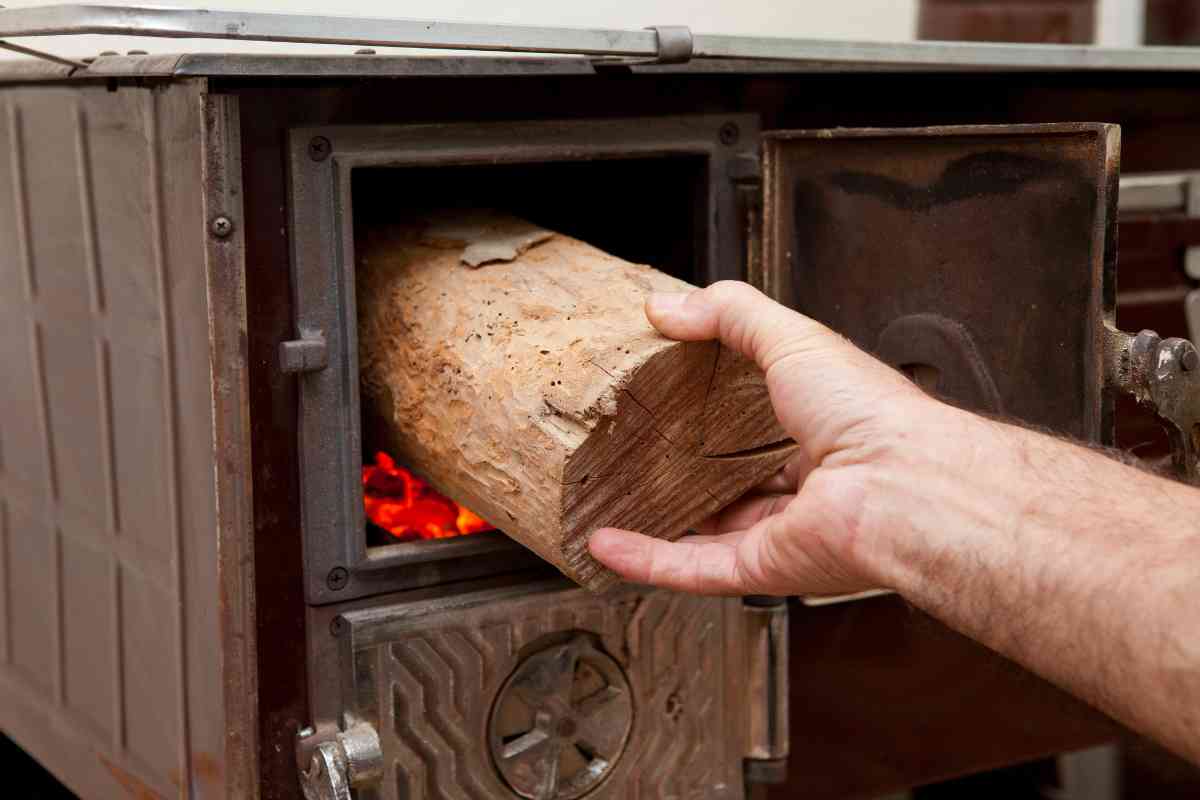
Installing a wood burning stove safely requires a precise understanding of clearance requirements. These stipulations, determined by manufacturers and local building codes, protect your home from potential fire hazards. Below is a comprehensive outline of the key clearance guidelines:
Base of the Stove:
- Ensure the stove sits on a non-combustible base like a brick or concrete hearth. This prevents the heat from the stove from affecting combustible flooring.
Distance from Combustibles:
- Standard Clearance: The stove should maintain a minimum distance of 36 inches from combustible items like walls, drapes, and furniture.
- Wall Proximity: If the stove is closer to a wall, a minimum of 12 inches of clearance is advised between the stove and said wall.
- Ceiling Proximity: In cases where the stove is under a combustible ceiling, a gap of at least 36 inches should be maintained between the stove’s top and the ceiling.
Custom Considerations:
- Variability: Remember, the above are general guidelines. Your stove’s make, model, and size might come with specific requirements. Local building codes also introduce variations.
- Expert Consultation: Always engage with a professional stove installer or a building inspector. Their insights will ensure that your stove installation adheres to safety regulations and best practices.
Ongoing Clearance Precautions:
- Material Storage: Never place combustible items near or on the stove. This minimizes fire risks.
- Operational Caution: Avoid overloading the stove with wood or other fuels. An overstuffed stove can produce excessive heat, risking breaches in clearance safety.
- Regular Maintenance: Clean and inspect both the stove and the chimney routinely. This not only upholds safety standards but also extends the life of your stove and ensures efficient operation.
Safely enjoying the warmth of a wood burning stove requires a vigilant approach to its installation and use. Always prioritize clearance and never compromise on the recommended distances. The peace of mind you gain will enhance your stove’s comforting embrace.
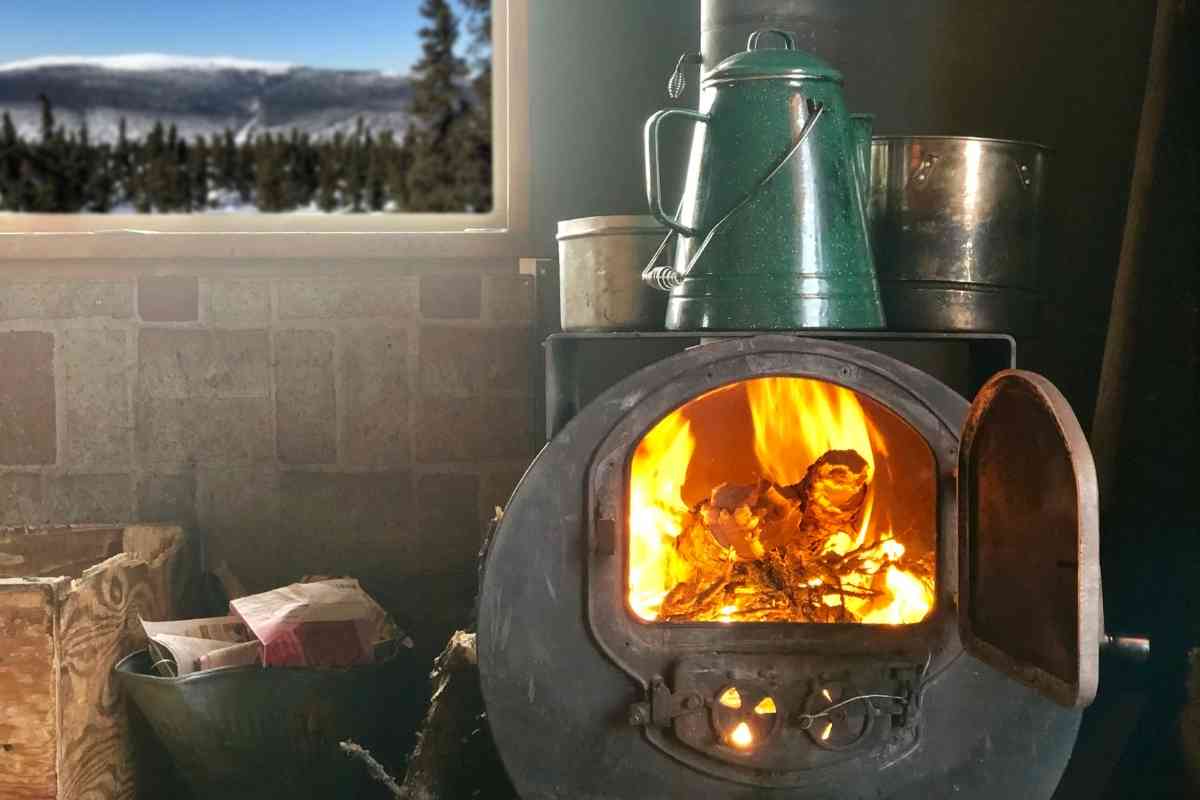
Optimizing Your Wood Burning Stove Pipe: Installation & Maintenance Guide
The efficiency and safety of your wood burning stove largely depend on the way its stove pipe is installed and maintained. Below is a structured guide to help you derive the best performance and longevity from your stove pipe:
Installation Best Practices
- Correct Angling: Always install the stove pipe at an incline, specifically at a 1/4 inch per foot gradient from the stove leading to the chimney. This slope ensures that the draft moves effectively, allowing smoke to exit smoothly.
- Prioritize Quality: Invest in a high-grade stove pipe. Bargain or substandard pipes might seem economical initially but can succumb to deformities, such as bending, breaking, or cracking, which can pose significant safety hazards.
- Stove Pipe Thermometer: Installing a thermometer on the stove pipe is advisable. It assists you in gauging the stove’s temperature, ensuring it remains within the safe operational range.
- Avoid Overstuffing: Be mindful not to overfeed your stove. Excessive fuel can cause overheating, which can not only deteriorate your stove pipe but also escalate the chances of a fire outbreak. Always adhere to the manufacturer’s guidelines pertaining to fuel quantity and combustion duration.
Maintenance Best Practices:
- Routine Inspection: Periodically scrutinize the stove pipe for signs of wear like rust, fissures, or shaky joints. Promptly replace any segments showing signs of damage.
- Regular Cleaning: Creosote, a byproduct of wood combustion, accumulates over time and can hamper the stove’s efficiency while also elevating fire risks. Periodically using a chimney brush will aid in clearing this buildup, ensuring a clear passage.
A well-maintained stove pipe not only augments the efficiency of your wood burning stove but also significantly minimizes potential fire hazards. It’s an investment in safety, ensuring that the comforting warmth of your stove is accompanied by peace of mind.


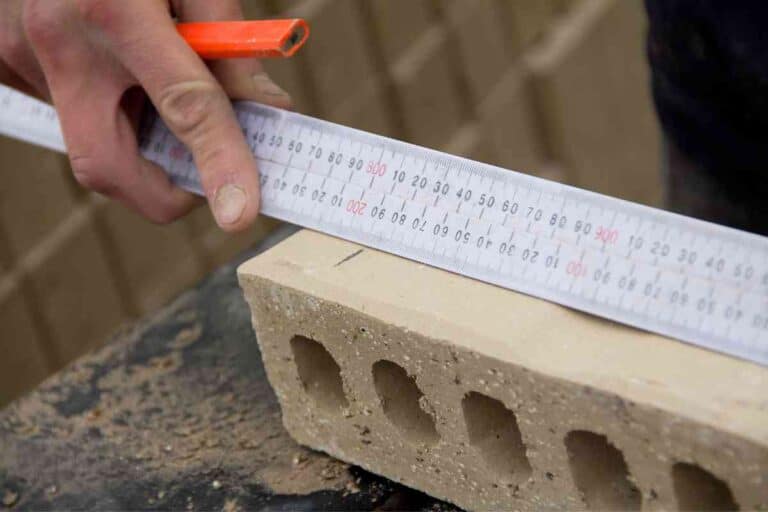
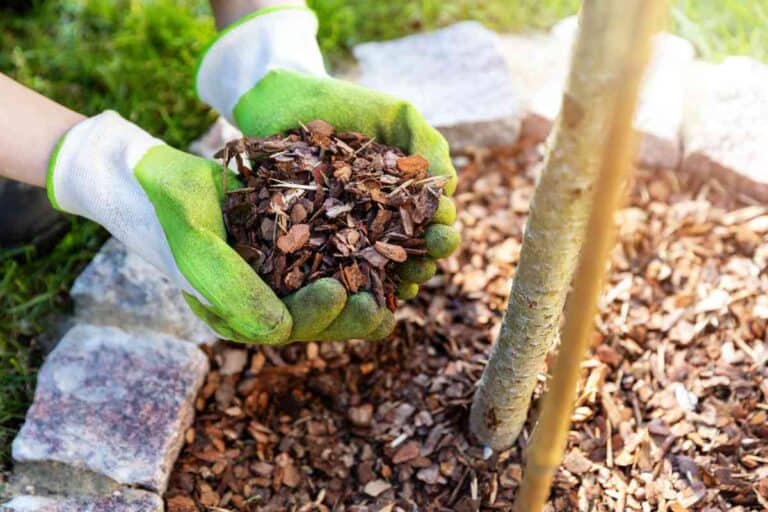
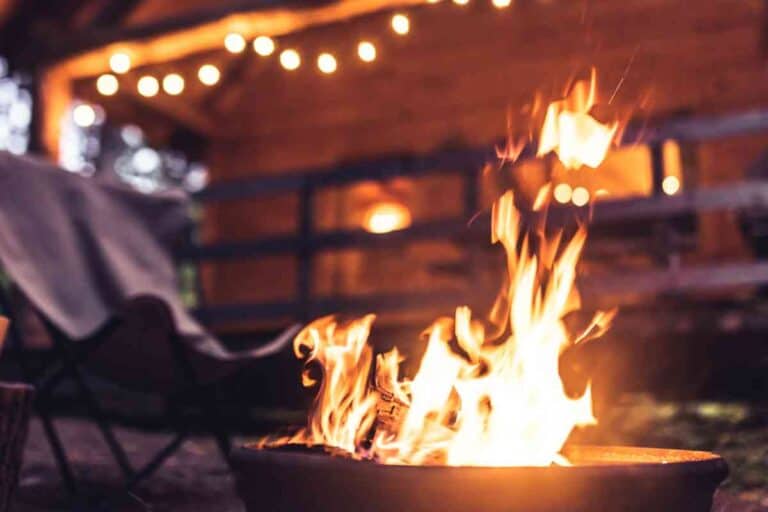

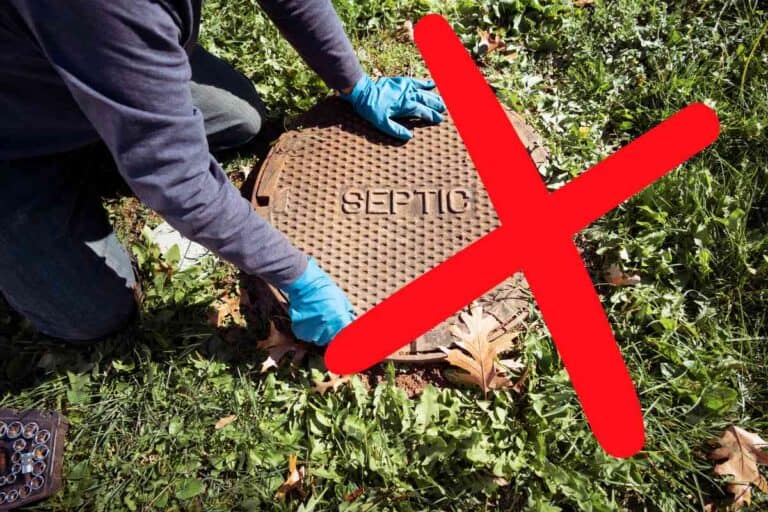
Hi Sir
We have a very old Ashley wood burning stove model ARH23A.
It was in the home we just purchased. I can find no literature, schematics, or useful information of any kind for it. US Stove Company the owners of the Ashley name have been no help what so ever.
Ok, the chimney pipe is clear no obstructions, there are no air inlets save five smalls holes in the door. There is no damper. There is firebrick on the back and sides of interior stove. Problem is the stove will burn great with the door open an inch or more. Close the door and the fire starves for oxygen and smolders out. We love the stove but the danger of operation with an open door we do not love so much. Any ideas would be appreciated.
Thanks RJ